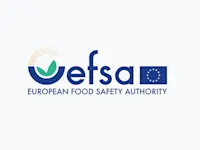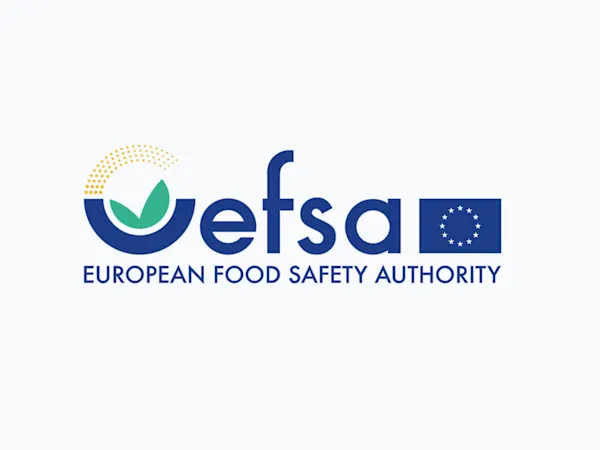
Illinois to Ban Nonbiodegradable Plastic Glitter in Personal Care Products by 2029
Illinois will prohibit nonbiodegradable plastic glitter in personal care products by 2029, impacting manufacturers, retailers, and regulators alike.


On 14 May 2025, the U.S. Environmental Protection Agency (EPA) confirmed it will uphold its existing drinking water limits for perfluorooctanoic acid (PFOA) and perfluorooctane sulfonic acid (PFOS). These substances, part of the broader per- and polyfluoroalkyl substances (PFAS) group, are tightly regulated due to their persistence and toxicity. Professionals across the manufacturing value chain—particularly those in water treatment, materials production, and consumer goods—must now plan for extended but still enforceable compliance expectations as the EPA proposes to push the current 2029 deadline to 2031.
The decision follows criticism of the original National Primary Drinking Water Regulation (NPDWR), which set maximum contaminant levels for PFOA and PFOS. Industry stakeholders, including the American Chemistry Council (ACC), argue that the original rule overlooked scientific input and underestimated its financial impact on smaller communities.
In response, the EPA has introduced the PFAS OUTreach Initiative (PFAS OUT) to deliver technical support and funding guidance, particularly to rural and small-scale water systems. A formal rulemaking to extend the compliance deadline is expected in autumn 2025, with finalisation due by spring 2026.
PFOA and PFOS have been widely used in non-stick cookware, firefighting foams, and industrial applications. However, both chemicals are linked to serious health concerns, including cancer, liver damage, and reproductive issues. Their chemical structure makes them resistant to degradation, earning them the label “forever chemicals.”
While the current standards aim to reduce these risks, the extended timeline gives facilities additional room to implement appropriate treatment technologies and source alternatives.
In parallel, the EPA is reviewing its regulatory determinations for four additional PFAS—PFHxS, PFNA, HFPO-DA (GenX), and PFBS—indicating a broader reassessment of federal PFAS policies. This could reshape regulatory expectations beyond drinking water, influencing how manufacturers select raw materials and manage legacy contamination.
For companies, now is the time to review compliance strategies, assess technological readiness, and track evolving enforcement standards to avoid potential liabilities.
Foresight continuously tracks 1000s of sources and maps updates to your portfolio:




Illinois will prohibit nonbiodegradable plastic glitter in personal care products by 2029, impacting manufacturers, retailers, and regulators alike.

ChemSec updates the SIN List with neurotoxicants, spotlighting brain-damaging chemicals and urging EU regulators to act swiftly on these hidden threats.

EFSA launches consultation on updating its Weight of Evidence and Biological Relevance guidance, aiming to streamline chemical risk assessment practices.
Subscribe to Foresight Weekly and get the latest insights on regulatory changes affecting chemical compliance.
Free forever. Unsubscribe anytime.
Read by professionals at